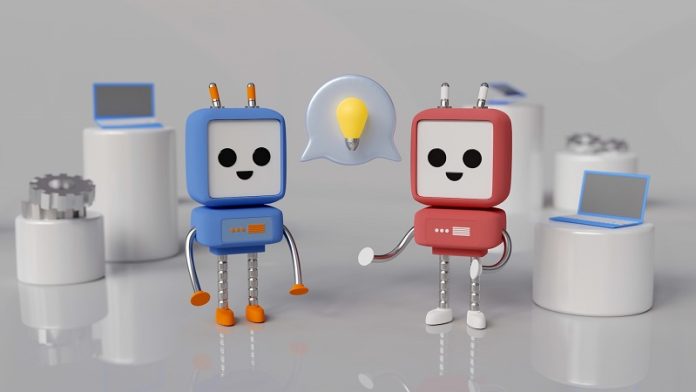
Artificial intelligence (AI) is often cast as wreaking havoc and destroying jobs in reports about its growing use by companies.
The recent coverage of telecom group BT’s plans to reduce its number of employees is a case in point.
However, while it is AI that is featured in the headlines, in this case, it is the shift from copper to optical fiber in the BT network that is the real story.
When I was a boy, workers for the GPO—the General Post Office, the forerunner of BT—were regular customers in my parents’ newsagent’s shop.
They drove around in lorries erecting telegraph poles and repairing overhead telephone wires.
Times—and technologies—have changed, and continue to change. BT’s transition from copper to optical fiber is simply the latest technology transition.
This move by BT has required a big, one-off effort, which is coming to an end, along with the jobs it created. And because fiber is more reliable, there is less need for a workforce of fitters in the field carrying out repairs.
This will change the shape of BT as an operation: rather than an organization of people in vans, it will have a network designers and managers who, for the most part, can monitor equipment in the field remotely.
This is happening in other sectors too. Rolls-Royce aircraft engines are monitored as they are flying from an office in Derby.
The photocopier in your office—if you still have an office (or a photocopier for that matter)—is probably also monitored automatically by the supplier, without a technician going anywhere near it.
AI ‘co-piloting’
AI may contribute in part to the reduction in customer service jobs at BT by being able to speed up and support relatively routine tasks, such as screening calls or writing letters and emails to customers.
But this typically does not take the form of a “robot” replacing a worker by taking over their entire job. It is more a case of AI technologies helping human workers—acting as “co-pilots”—to be more productive in certain tasks.
This eventually reduces the overall number of staff required. And, in the BT story, AI is only mentioned in respect of one-fifth of the jobs to be cut, and even then, only as one of the reasons.
In my own research among law and accountancy firms with my colleagues James Faulconbridge and Atif Sarwar, AI-based technologies very rarely simply do things quicker and cheaper. Rather, they automate some tasks, but their analytical capabilities also provide extra insights into clients’ problems.
Better advice, new jobs
A law firm might use a document review package to search for problem clauses in hundreds of leases, for example. It can then use the overall pattern of what is found as a basis for advising a client on managing their property portfolio better.
Similarly, in auditing, AI technologies can automate the task of finding suspicious transactions among thousands of entries, but also generate insights that help the client to understand their risks and plan their cashflow more effectively.
In these ways, the technology can allow law and accountancy firms to offer additional advisory services to clients. AI adoption also creates new types of jobs, such as engineers and data scientists in law firms.
Recent advances in generative AI—which create text or images in response to prompts, with ChatGPT and GPT 4 being the most obvious examples—do present new possibilities and concerns. There is no doubt that they exhibit some potentially new capabilities and even, for some, “sparks” of artificial general intelligence.
These technologies will affect work and change some kinds of jobs. But they are not the main culprit in the BT case, and researchers and journalists alike need to keep a cool head and examine the evidence in each case.
We should strive to act responsibly when innovating with AI, as with any other technology. But also: beware the knee-jerk, sensationalist response to the use of AI in work.
Written by Martin Spring.
Source: The Conversation.



